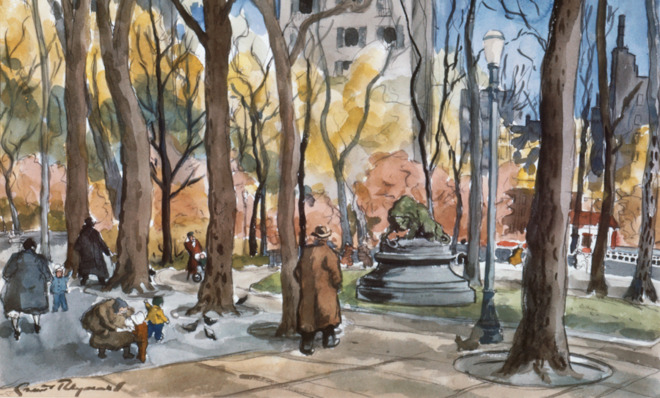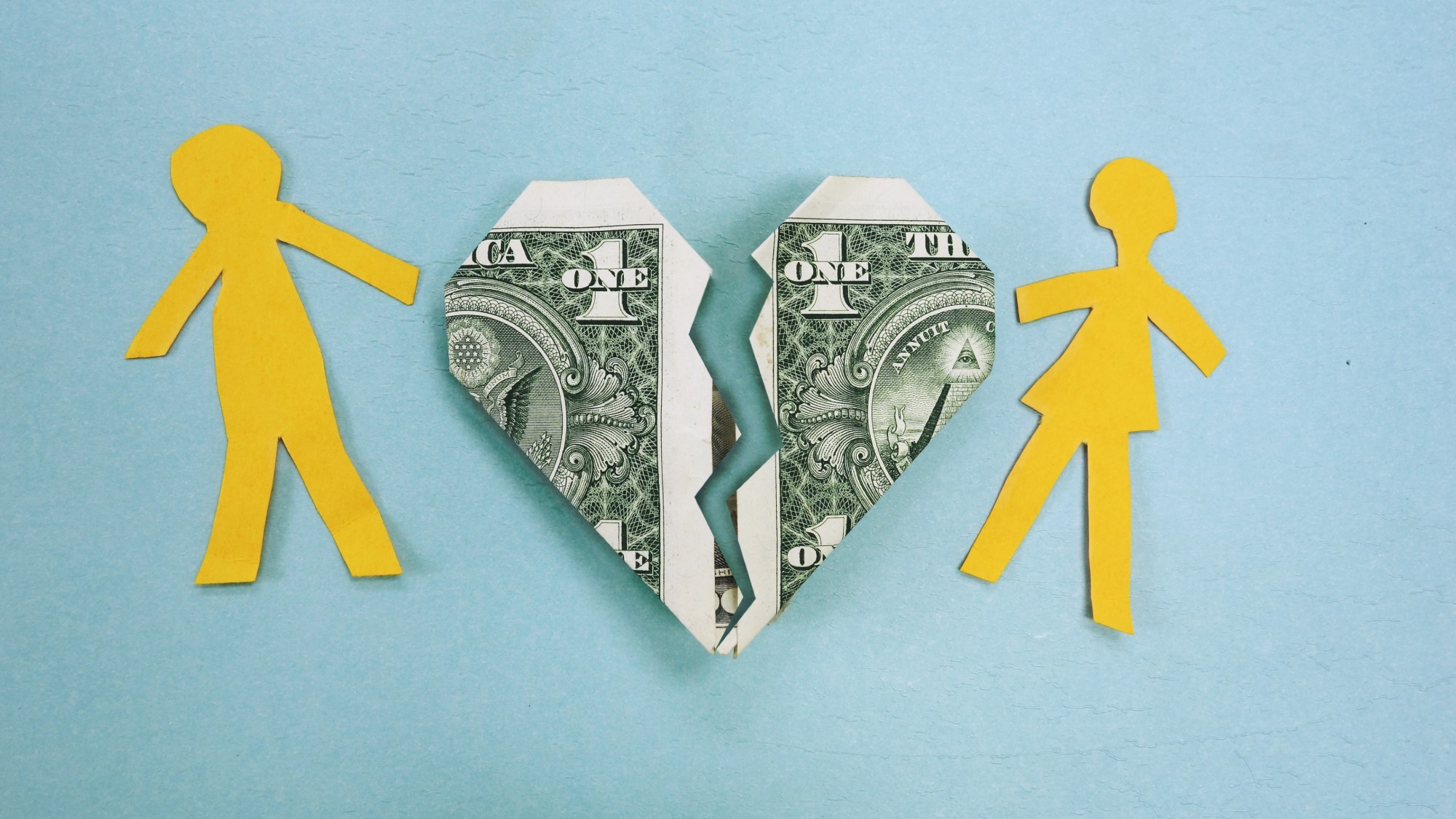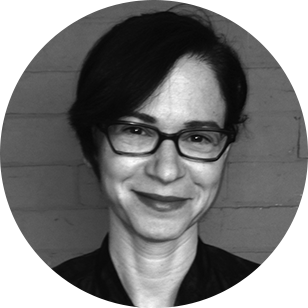How Philadelphia's neighborhoods got their names
Philadelphia is a city of American history, and that history is reflected in its various neighborhoods


BELLA VISTA
This classic Philly Italian neighborhood where you can still play bocce ball or get a perfect cannoli got its name — the Italian phrase for "beautiful view" — in the 1970s.
BELMONT
The Week
Escape your echo chamber. Get the facts behind the news, plus analysis from multiple perspectives.

Sign up for The Week's Free Newsletters
From our morning news briefing to a weekly Good News Newsletter, get the best of The Week delivered directly to your inbox.
From our morning news briefing to a weekly Good News Newsletter, get the best of The Week delivered directly to your inbox.
Belmont, an area along the west bank of the Schuylkill River, was named for a mansion built in Fairmount Park before the Revolutionary War. Visitors to the home included Benjamin Franklin, James Madison, and George Washington, who probably slept there.
BRIDESBURG
Bridesburg was originally called Point No Point because, as you approached it from the Delaware River, it first looked like a point, and then didn't. After the Revolution, it was named for Joseph Kirkbride, the largest landholder there at the time. But people eventually decided Kirkbridesburg was too long to say, so it became Bridesburg.
BUSTLETON
A free daily email with the biggest news stories of the day – and the best features from TheWeek.com
This northeast neighborhood was probably settled by people from Brislington, England, which was formerly called Busselton. It grew around a tavern called the Busseltown Tavern and took that name for the whole area.
CENTER CITY
Where most cities have a downtown, Philadelphia has a Center City. It's the heart of the business district, encompassing the original city of Philadelphia and is, of course, centrally located.
CHESTNUT HILL
This northwest neighborhood has been called Chestnut Hill since at least 1704. Due to its higher elevation and cooler temperatures, it was originally an attractive summer retreat for well-off Philadelphians. It got its name from the now almost extinct chestnut trees.
EAST FALLS
East Falls was named for nearby rapids on the Schuylkill River. The rapids disappeared after the Fairmount Dam was completed in 1822, but the name remained.
EASTWICK
This neighborhood near the airport in the far southwest corner of the city was named for locomotive builder Andrew M. Eastwick.
FISHTOWN
Fishtown, on the Delaware River, was once the center of the city's shad fishing industry. Legend has it that Charles Dickens himself named it when he visited Philadelphia in 1842, but it was in use before that.
FOX CHASE
Fox Chase was named for a local inn that was built in 1705. It was a destination for wealthy colonists who enjoyed the recreational pastimes of their homeland, such as fox hunting.
GERMANTOWN
Settled by 13 German families in 1683 and named German Town by founder Francis Pastorius, this northwest neighborhood for a time had the nickname "armentown" (poor town), but soon became a flourishing community of German farmers and craftsmen.
GRADUATE HOSPITAL
The neighborhood acquired its name when the University of Pennsylvania ran their Graduate School of Medicine at a hospital here. The facility is no longer a graduate hospital, but the neighborhood name stuck.
HOLMESBURG
There is some disagreement over whether Holmesburg was named for Thomas Holme, William Penn's surveyor, or for the descendants of John Holme, a judge who lived and owned property there. It's possible that they were cousins, so it might all be for one family name anyway.
JUNIATA PARK
Juniata Park, a community built in the 1920s and '30s, was named for the park in its northeast section. Juniata is the name of a tributary of the Susquehanna River and is thought to come from a Native American word for "standing stone."
KENSINGTON
Kensington was named by a colonial merchant named Anthony Palmer, who purchased almost 200 acres of land northeast of the center of Philadelphia and sold it in lots to shipbuilders. He named the town he founded after the London area where Kensington Palace is located. His own name lives on in the burial ground there, known as Palmer Cemetery.
KINGSESSING
This area west of Center City got its name from the Lenape word for "place where there is a meadow."
MANAYUNK
There is a pretty active strip of bars and restaurants in Manayunk, and some say this is fitting considering the name comes from a Lenape word for "place we go to drink." However, it seems that the word was just the ordinary Lenape term for the nearby Schuylkill River, which, after all, is a place where one goes to drink — water.
MANTUA
Judge Peters, who owned the Belmont Mansion that gave the Belmont neighborhood its name, also owned this land west of the Schuylkill that he developed into Mantua, named for the Italian city where Virgil was born.
MAYFAIR
Legend has it that Mayfair got its name during a 1928 meeting where local citizen Thomas Donahue announced, "We 'may fare' well if we get behind this community and push — so why not call it Mayfair?" Or it might have just been the name of the telephone exchange there.
MT. AIRY
William Allen, loyalist, freemason, Chief Justice of Pennsylvania, Mayor of Philadelphia, and founder of Allentown, built a country estate called Mt. Airy. The neighborhood that eventually formed around it took the name of the estate.
NICETOWN
Nicetown doesn't actually have anything to do with "nice" as we know it. It comes from the family name of a pair of Dutch settlers, Hans and Jan de Neus, who arrived in Philadelphia in the 17th century. Their descendants go by Nice or Nyce.
NORTHERN LIBERTIES
According to the colonial land policy of William Penn, those who purchased large tracts of land in Philadelphia got a bonus of free "liberty lands" in the surrounding rural areas. The "Northern Liberties," now home to some of the city's most happening spots, are no longer rural in the slightest.
QUEEN VILLAGE
Queen Village, originally part of Southwark, was named in the 1970s to honor Queen Christina of Sweden, who reigned when the area was settled by Swedes in the 1600s.
SOCIETY HILL
Though there is certainly some high society living going on in Society Hill, it was originally named not for its wealthy citizens but for the Free Society of Traders, a stock company established by William Penn that was granted the land there.
ROXBOROUGH
This northwest neighborhood was described in a 1694 letter by Johannes Kelpius as a place "where foxes burrow in the rocks, " and he persisted in spelling it as Rockburrow. Though that makes a good origin story, it was probably first named after Roxburgh, Scotland, where one of its prominent settlers was born.
OLDE CITY
Olde City is also called Old City, but the Olde makes it look older. Known as "America's most historic square mile," Olde City has all the olde stuff — Independence Hall, the Liberty Bell, the Betsy Ross House, Physick House, the American Philosophical Society, and many other olde things.
OLNEY
Alexander Wilson was a great admirer of poet William Cowper who lived in Olney, England and wrote Olney Hymns. So when Wilson built his estate north of Philadelphia, he named it Olney and the surrounding neighborhood took the name from the estate.
OVERBROOK
In the late 19th century a rail station was built here over a brook, and the station, and subsequently the area around it, was named Overbrook. The name later went Hollywood, when Will Smith, who went to high school in this West Philadelphia neighborhood, named his production company Overbrook Entertainment.
PASSYUNK
This important south Philadelphia neighborhood is home to a famous cheesesteak rivalry. It was named for main thoroughfare Passyunk Avenue, which got its name from a Lenape word meaning "in the valley." When you walk in the valley of the cheesesteaks, you must choose sides: Pat's or Geno's?
POWELTON VILLAGE
Powelton was the name of the Powel family mansion that gave this west Philadelphia neighborhood its name. The third Samuel Powel, the first post-Revolutionary War mayor of Philadelphia, escaped to Powelton during the 1793 Yellow Fever Epidemic, but was bitten by a mosquito on a quick trip back into the city to check on his servants and died.
RISING SUN
According to one early 20th century history of Philadelphia, the son of the Native American Chief Tammany befriended a pair of German settlers and brought them to his father, who spent the night "feasting and smoking" with them and then led them to the top of a little hill and declared all the land within their line of vision to be theirs. "And as they looked in admiration at the extent of the gift, the sun rose gloriously, and they named their land the 'Aufgehende Sonne,' the 'Rising Sun.'" Take this story with a grain of salt.
RITTENHOUSE SQUARE
In 1825 the Center City green space known as Southwest Square was renamed Rittenhouse Square for David Rittenhouse — inventor, scientist, mathematician, member of the American Philosophical Society and the Royal Society of London, and first director of the U.S. Mint.
SOUTH PHILADELPHIA
This is a very apt name for the area south of Center City. Its main drag, South Street, was the original southern border of the city limits.
SOUTHWARK
This area along the Delaware River was named by William Penn for another area similarly situated on a river, the London neighborhood of Southwark on the Thames.
STRAWBERRY MANSION
Strawberry Mansion was the name acquired in the 1870s by a grand house (formerly called Summerville) in Fairmount Park that later became a popular restaurant. There may have been a signature dish of strawberries and cream involved. The neighborhood and a nearby bridge were named for it.
TACONY
Tacony comes from a Lenape word, though there is some disagreement as to whether the word it comes from meant "wilderness," "forest creek," or the name of a chief.
TORRESDALE
This northeast neighborhood was named by banker Charles Macalaster after his family home in Scotland.
UNIVERSITY CITY
When this formerly bucolic area of West Philadelphia went on the decline during the rapid expansion of the city in the first half of the 20th century, officials from the University of Pennsylvania and Drexel came up with a revitalization plan that included referring to the area as University City.
WISSINOMING
There used to be a creek called Wissinoming running through this neighborhood near the Delaware, but it has long since been filled in. Wissinoming was the Lenape word for "place where the grapes grow."
Arika Okrent is editor-at-large at TheWeek.com and a frequent contributor to Mental Floss. She is the author of In the Land of Invented Languages, a history of the attempt to build a better language. She holds a doctorate in linguistics and a first-level certification in Klingon. Follow her on Twitter.
-
 How to financially prepare for divorce
How to financially prepare for divorceThe Explainer Facing ‘irreconcilable differences’ does not have to be financially devastating
-
 Why it’s important to shop around for a mortgage and what to look for
Why it’s important to shop around for a mortgage and what to look forThe Explainer You can save big by comparing different mortgage offers
-
 4 ways to save on rising health care costs
4 ways to save on rising health care costsThe Explainer Health care expenses are part of an overall increase in the cost of living for Americans
